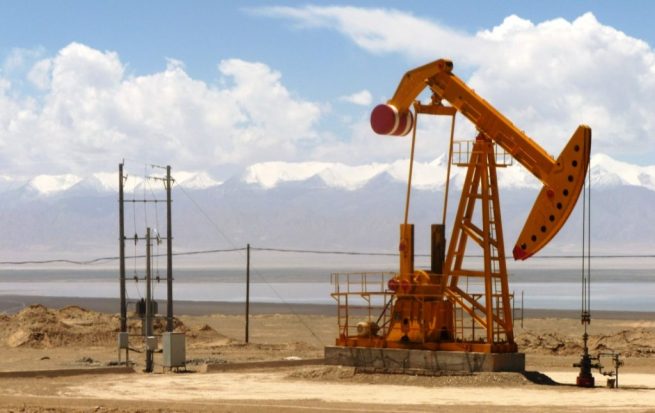Invictus secures drill rig for Muzarabani exploration wells
Australian based oil and gas firm, Invictus Energy today said it has selected Exallo Drilling, a unit of European LNG giant PGNiG to start drilling exploration wells at the Muzarabani prospect in May next year.
In a statement, Invictus said the chosen drilling rig is currently engaged at a site in Tanzania.
“Invictus is pleased to confirm that it has executed a MOU with EXALO Drilling SA to drill the Muzarabani-1 exploration well and an option for an additional exploration well for the basin opening drilling campaign scheduled to commence in May 2022.
“Following extensive evaluation, a number of suitable rig options on both a technical and commercial basis the Company has selected the Exalo #202 Rig for the upcoming drilling program. A binding rig agreement is anticipated to be signed in the new year,” said the company.
Invictus said Exalo personnel recently visited Zimbabwe to review the potential drilling locations and logistics options.
“The #202 Rig is currently engaged in drilling operations in Tanzania and will be mobilised to the project once that program has been completed,” the company said.
Invictus said it would announce the drilling locations next year. It said it was currently processing and interpreting the recently acquired seismic data from the CB21 Seismic Survey campaign which concluded in early November with the aim of refining the Muzarabani-1 well location and design.
Seismic exploration is the search for commercially viable subsurface deposits of crude oil, natural gas and minerals by the recording, processing, and interpretation of artificially induced shock waves in the earth.
“Given the encouraging early results of the seismic processing the Cabora Bassa partners are confident of identifying and maturing an additional prospect to commit to a 2 well drilling program,” Invictus said.
The Muzarabani prospect is considered to be the largest undrilled conventional oil and gas prospect onshore Africa and could host prospective resources of about 9,25 trillion cubic feet of gas and 294 million barrels of condensate. – New Ziana/The Herald











